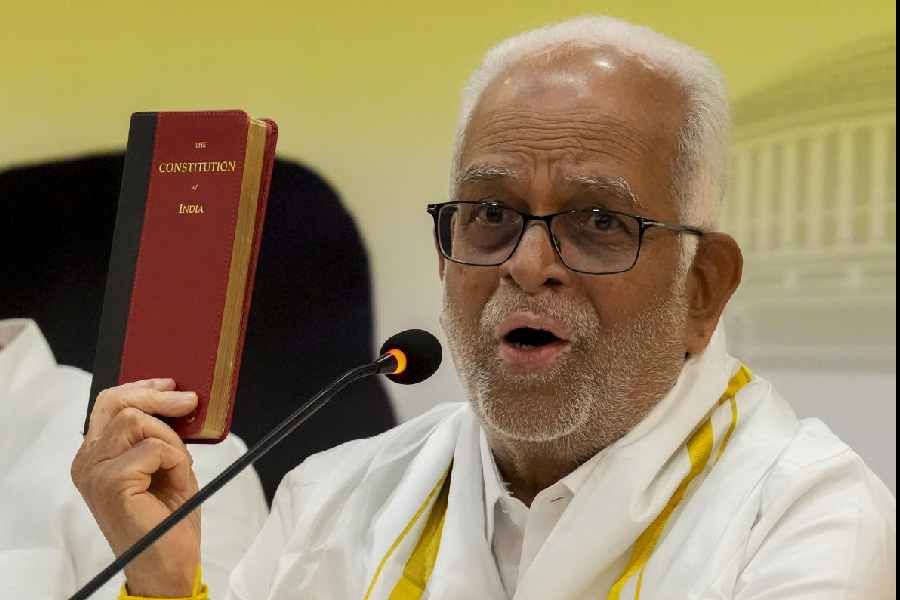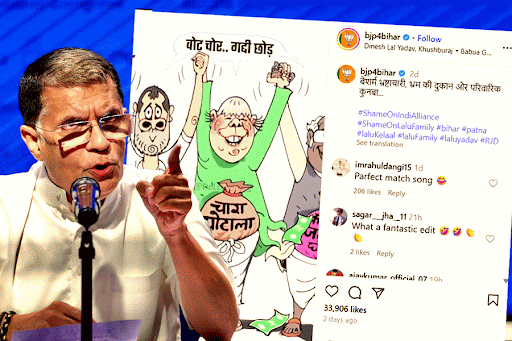 |
What Colour is Your Parachute was written in 1970. It is a bible for job seekers and career changers. The book has been regularly updated and remains relevant even today; it has sold more than 10 million copies. It has, in fact, become a franchise.
The book is neither about parachutes nor about colour. It is about discovering yourself. Once you manage to do that, you’ll find the job that you are likely to be most successful at and the one that makes you happiest.
The colour concept is applicable in other areas of the workplace too. Have you ever seen a public sector bank that looks bright? Even if it starts off that way, it soon becomes grimy. A new generation private bank, on the other hand, is normally a very cheerful place. (One should apologise, however, to the state-owned banks for casting them all in the same bucket. Some are making an attempt to change.)
“What is the aura around the word ‘work’?” asks Mumbai-based HR consultant Shashi Rao. “Doesn’t the word seem to imply that it is something that you have to do, not something that you want to do.”
This is the traditional approach to work and traditional workplaces are all dull and dismal. Colour in a factory is a part of the regimentation process. The International Labour Organisation, for instance, offers reams of material on how colour coding of workers’ uniforms can help distinguish different cohorts, and supervisors from ordinary employees. The Industrial Accident Prevention Association is trying to popularise the colour codes on safety — red and black on white (prohibition), white on black (mandatory), black on yellow (caution), white on red (danger), white on green (emergency) and white on blue (general information).
Slowly, however, there is new awareness of colour invading the workplace. One driver, in India, is vastu. Without going into the details of this school of thought, take a look at what some colours represent. Pink and green represent vitality, red represents justice while white stands for purity. And black denotes something awe inspiring.
Then there is the Western version of vastu — the same thing really but with the backing of some scientific jargon. The trouble here is that colour means different things in different cultures — red denotes danger in some and justice in others.
There is another group claiming credit for the splurge of colour — women. When work was on the shopfloor, you couldn’t do anything very much with your lathe or milling machine. At best you could put an icon in an inconspicuous corner. When work moved to cubicles, the culture followed. Male members of cubicle farms were treated as sissies if they happened to get a teddy or two to adorn their desks. But women changed all that. The lucky rabbit’s foot jostled for space with the multi-coloured post-it notes. (Ever notice how women have a distinctly different taste in screensavers and wallpapers?)
Today, colour has advanced to represent personality types too. “In a way, we are back to where we were 40 years ago when ‘the colour of your parachute’ indicated what sort of job would suit you,” says Rao.
Does this typecasting and colour-casting work? Many feel they are parlour tricks. “Those who run it down get the wrong end of the stick,” says Rao. “It does not matter if you turn out to be a sunshine yellow or a cool blue. What is important is the process you went through. It makes you think about yourself.”
COLOURS AND CHARACTER
People who use these colours tend to be:
Cool Blue: Cautious, precise, deliberate, questioning, formal
Earth Green: Caring, patient, sharing, encouraging, relaxed
Sunshine Yellow: Sociable, dynamic, persuasive, demonstrative, enthusiastic
Fiery Red: Competitive, demanding, determined, strong willed, purposeful.










